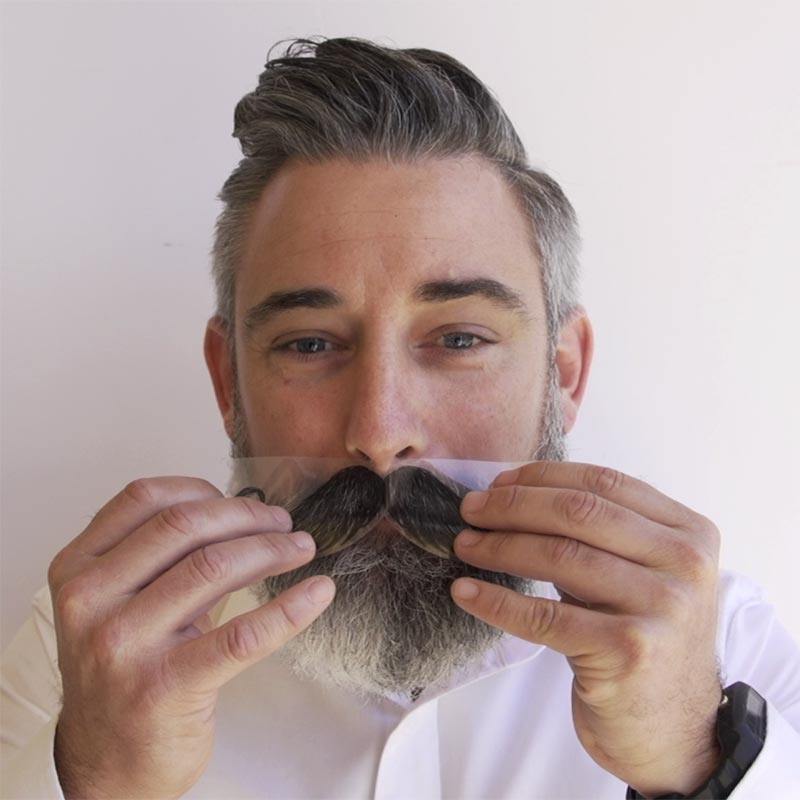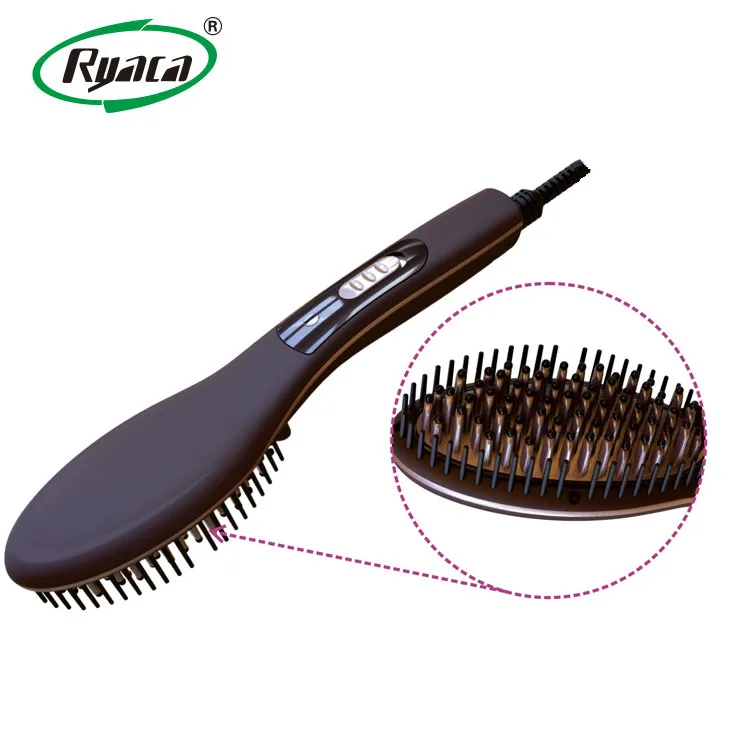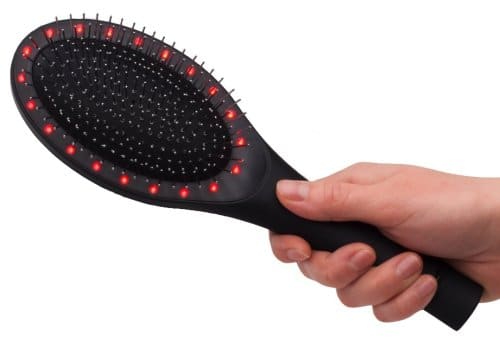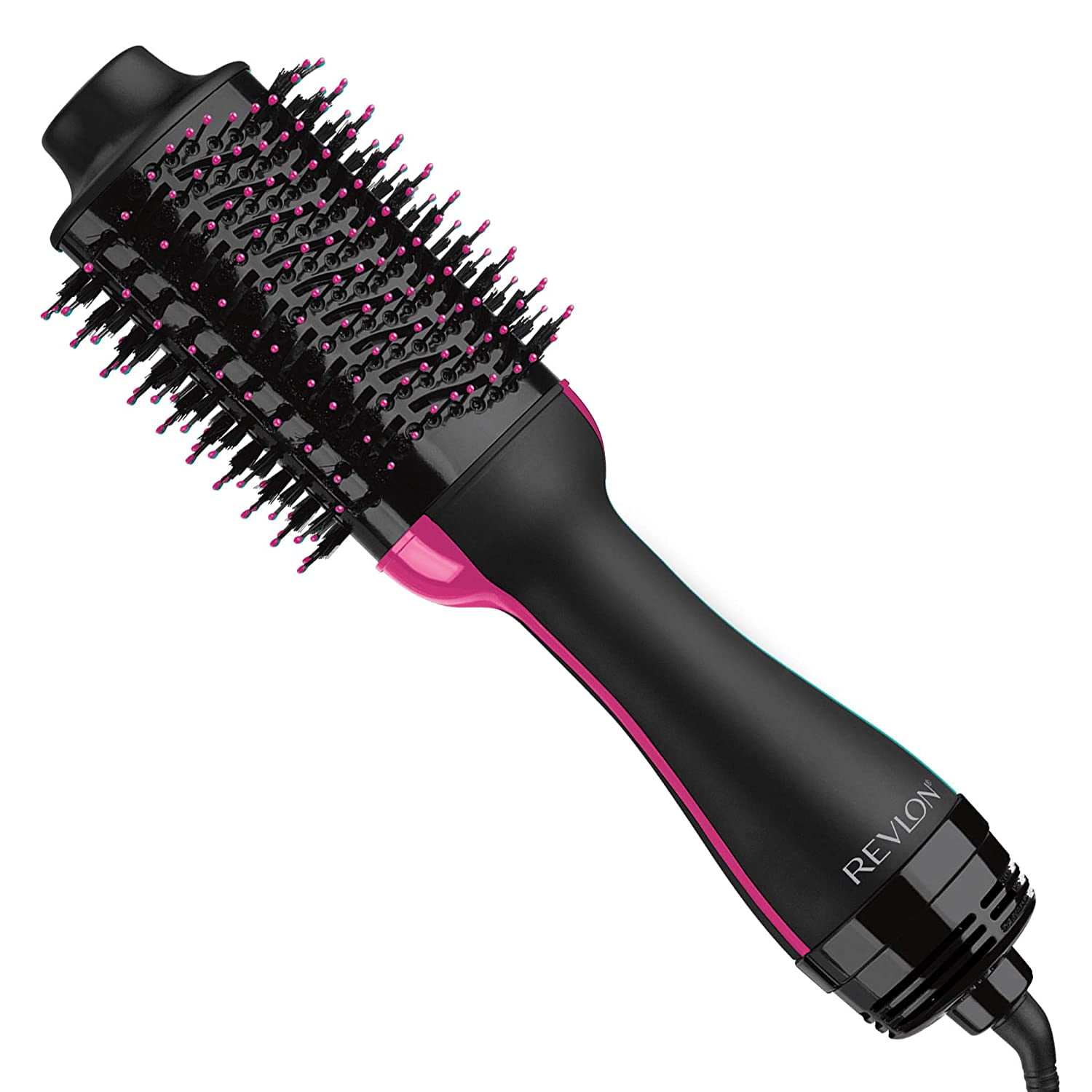Table Of Content
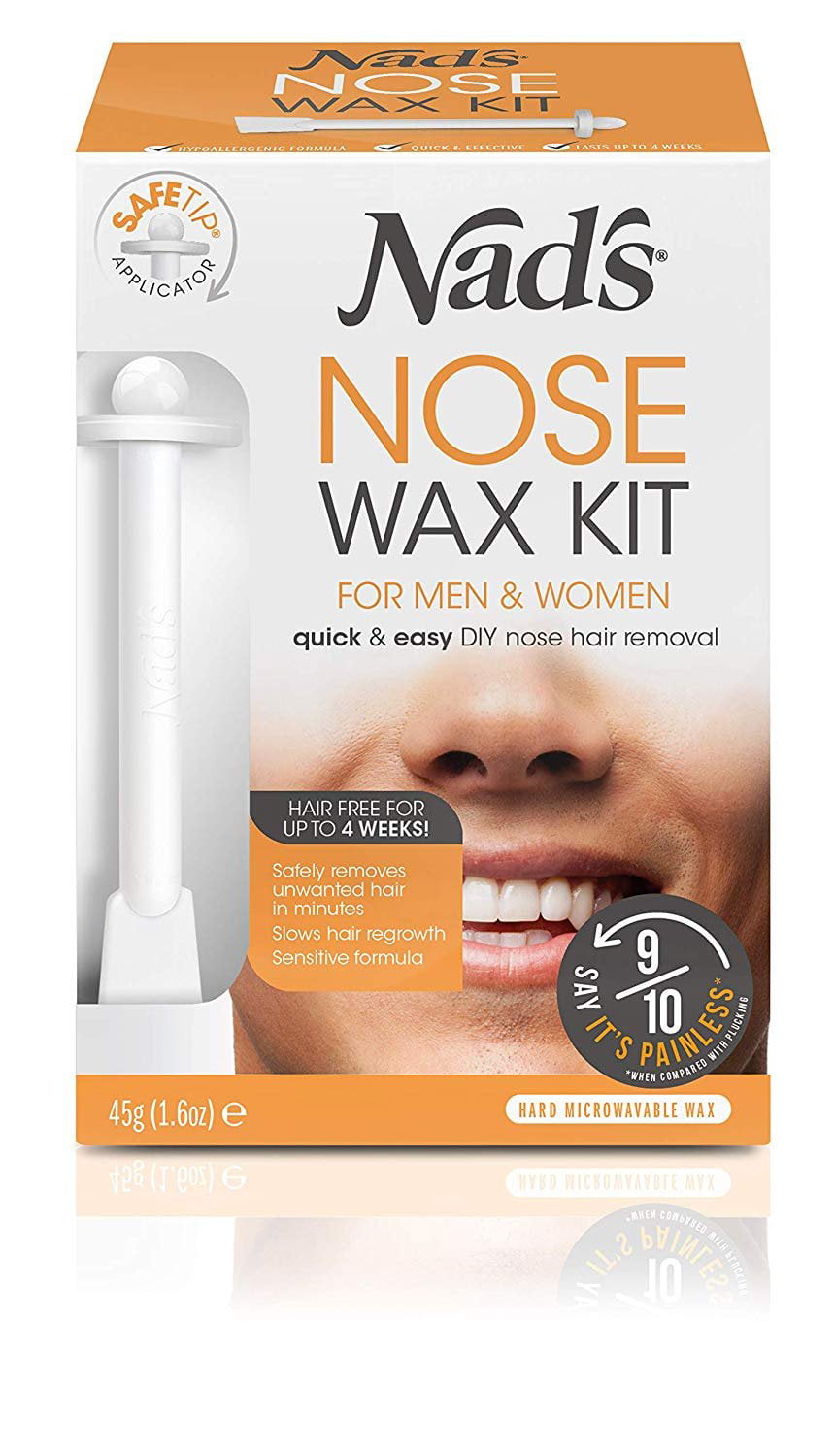
While it’s normal to have nose hair and they are there for a reason, if a few visible hairs are peeking out and you’d like to get rid of them, it is safe to remove them. Below, we spoke with experts to learn the risks of nose hair waxing and tweezing, as well as the safer alternatives. While there's something admittedly satisfying about the idea of super smooth, hair-free nostrils, is nose hair waxing a good idea?
Charmonic Nose Wax Kit
When it comes to choosing an at-home hair removal method for the nose, there’s a lot to consider. Firstly, most experts recommended we don’t remove nostril hair entirely as it can leave the sinuses and lungs vulnerable to unfiltered air. It’s also important to consider if a professional hair removal treatment is worth investing in—and in your budget—or if you need to remove nose hair at home. Waxing your nose hair is the safest and most effective method of nose hair removal. Plucking or shaving your nose, hair can create ingrown hairs and stubbles. Waxing has longer lasting results than other hair removal methods, and it also produces smoother results since the hair is pulled directly from the root.
It's Peel Season: Help Your Clients Heal Their Dry Winter Skin
They play an important role too; nose hairs act as a filter to prevent dust, allergens, pollen, and other particles from entering the lungs. “They also help keep air moist as it comes into the nasal passages,” Dr. Arora adds. Trimming is a relatively inexpensive method of nose hair removal. However, a person will need to repeat the procedure each time the hair grows back. A professional barber, dermatologist, or plastic surgeon can offer the best advice and support for removing nose hair at home or with a medical treatment.
What are the best ways to remove nose hair?

The applicators are easy to use and they usually come with instructions on how to use the kit properly. This nose wax kit from Charmonic is quick, easy and painless to use, removing the hair from inside your nose in mere seconds. One of the best ways to get rid of pesky nose hair is to use nose hair wax. Nose hair wax kits come in a few shapes and sizes but do well to remove most of the hair from inside the nose. It took until 2015 for doctors at the Mayo Clinic to perform the first, and so far only, study to look at the effects of trimming nose hairs. Improvements were greatest in those who had the most nose hair to begin with.
Plucking
Ahead, experts weigh in on everything you need to know before you wax the inside of your nose. If you’re interested in laser hair removal, be sure to find a board-certified dermatologist or plastic surgeon. Only accept laser hair treatment within a professional facility. Because the nose is a small body cavity, it’s one of the most difficult spots to treat with lasers. Normally, this removes the hair at the edges of the nostril—therefore, it's not as invasive as a full nose wax, but still removes the hair that usually pokes out, bothering people the most.
One of the most problematic complications of nose hair waxing is ingrown hairs. Ingrown hairs can happen all over the body from plucking, waxing, and shaving, but are even more difficult to deal with inside the nose as it is an area not easily treated. As effective as waxing your nose hairs might be, there are some risks involved. You should try and not alter the hair in your nose too drastically, and instead, you should focus on the forefront most visible hairs which stick out of your nose. According to all three experts, plucking is just as bad as waxing and not worth the risk. If you insist on tidying up the area, Dr. Craythorne says the safest thing to do is trim the hairs.
How to Safely Remove Nose Hair
Here are the best nose hair waxes and kits to try out at home. Their observation was interesting, but it was an observational study that cannot prove cause and effect, and asthma is not an infection. The researchers also did not do any follow-up studies to assess how trimming the nose hair might affect the risk of asthma — or infection. Is nose hair essential to fighting off colds and other viral illnesses? I ask this as a woman who, before the pandemic, used to get my eyebrows waxed. The person performing the wax would always recommend waxing my nose hair.
There are several hair removal techniques you may consider for removing hair on the outside of your nose. Dr. Raj Arora is an aesthetic doctor and the founder of The Face Bible, who also works with Swedish skin-tech brand FOREO. She has advised on the purpose of nose hair and how to remove it safely.
Should You Wax Your Nose Hairs? I Tried It Out So You Don't Have To - Bustle
Should You Wax Your Nose Hairs? I Tried It Out So You Don't Have To.
Posted: Tue, 10 Mar 2015 07:00:00 GMT [source]
But is it OK to remove nose hair?
So you can book your next waxing appointment in Los Angeles in a matter of seconds. Pay in advance, so you don't even need to remember your bank card. Using natural wax beads, the formula of the wax is effective in removing hairs from the nose, while still leaving the nose soft and clean. First things first, before you wax the delicate skin in your nose, you’re going to need an esthetician’s keen eye for detail, but also their expertise when it comes to safety. Estheticians receive hundreds of hours of training to ensure your safety, and when you’re working with a medium like wax, you do not want to risk burning yourself. Electrolysis is a permanent form of hair removal that’s done by a dermatologist or licensed aesthetician.
Electric trimmers are handheld devices with small, rotating cutting blades at one end. The blades sit inside a plastic or metal guard, which stops them from contacting the skin. Small slits in the guard allow longer hairs to enter the cutting mechanism below. Laser treatments are the most expensive option of all hair removal, though some offices and doctors can provide payment plans to cover the cost over time.
The question of how to get rid of nose hair is one that’s debated by cosmetologists and other hair removal experts. While plenty of options exist, nose waxing is one of the quickest and most efficient. It is safe to wax the inside of your nose as long as you are using a natural wax that is suited for sensitive skin. You should also only wax the front area of your nose, to remove the visible hairs, and not the hair further up into the nose where damage can be done to the lining and mucous membranes.

